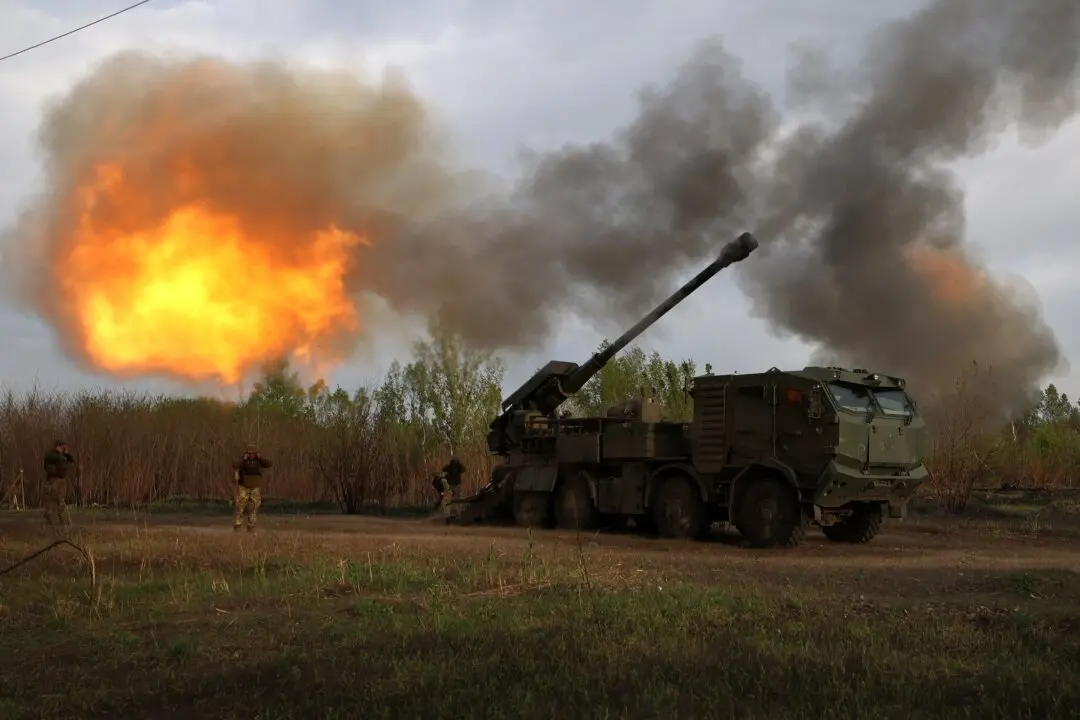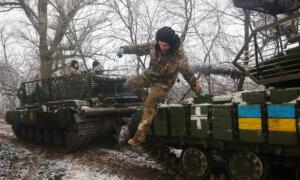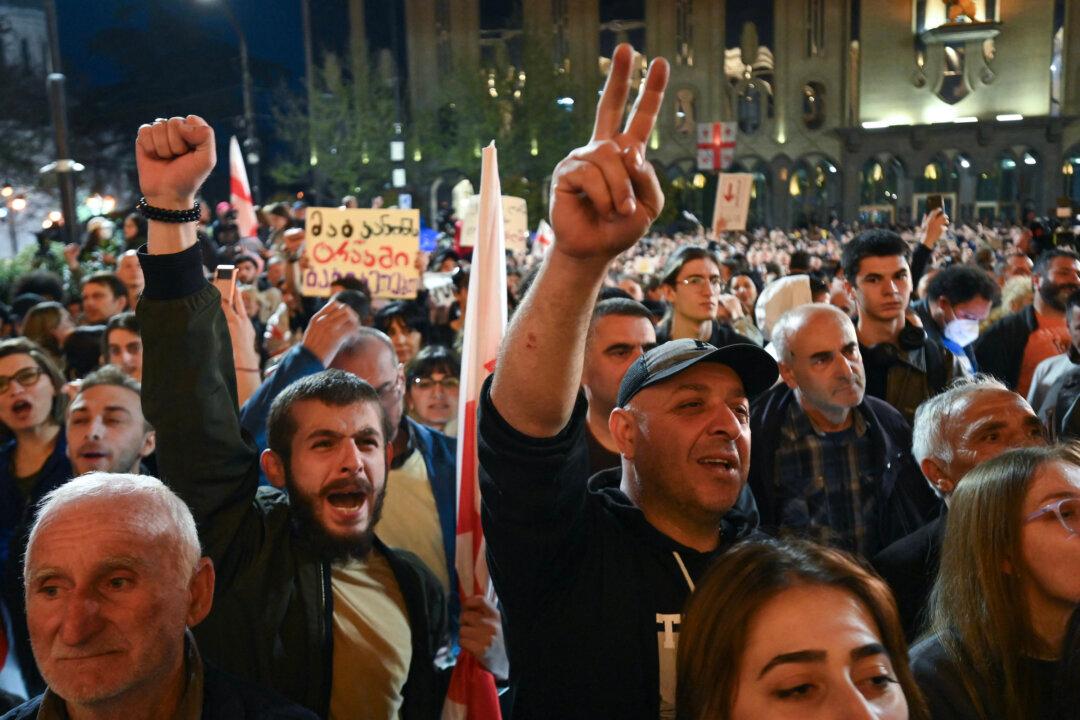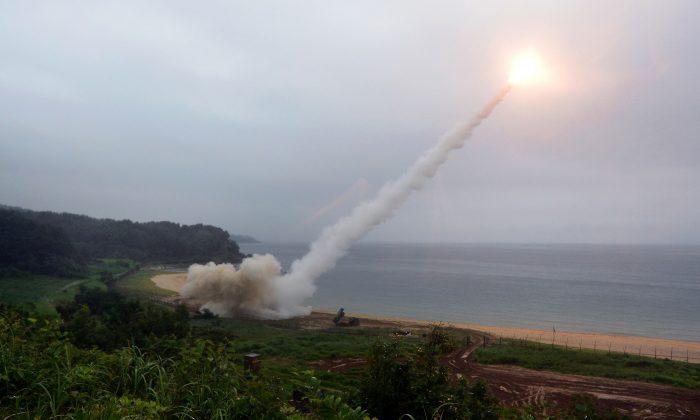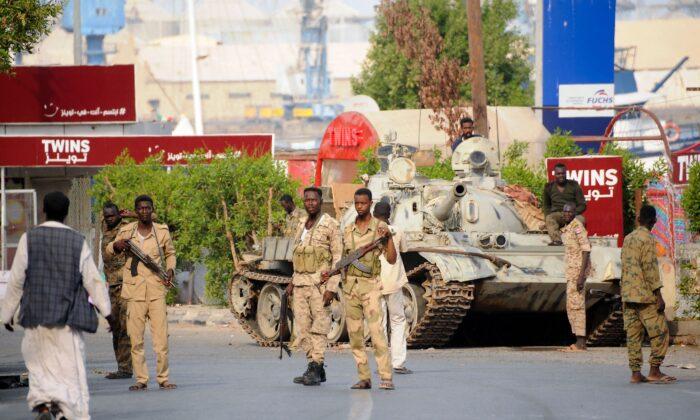Russian forces will target Ukrainian storage depots housing arms and equipment supplied by the West, Russian Defense Minister Sergei Shoigu has said.
“We will step up attacks on logistics centers and storage bases that contain Western weapons,” Gen. Shoigu told top Russian military officials on April 23.
He made the remarks shortly before the U.S. Senate approved a $61 billion aid package for Ukraine after months of partisan—and inter-party—wrangling.
U.S. President Joe Biden will likely sign the spending bill later this week.
The controversial legislation is expected to expedite the delivery of a range of Western arms and equipment to Kyiv.
According to U.S. officials, these will include large volumes of anti-tank, air-defense, and artillery munitions, in addition to combat vehicles.
Earlier this week, Sen. Mark Warner (D-Va.), head of the Senate Intelligence Committee, said the equipment would likely be dispatched to Kyiv “by the end of the week.”
According to Mr. Warner, this equipment includes the U.S.-made Army Tactical Missile System (ATACMS), a delivery system for long-range guided missiles.
Last year, the White House confirmed that it had provided Ukraine with a type of ATACMS capable of hitting targets more than 100 miles away.
In October 2023, Ukrainian forces used the long-range missile system for the first time, inflicting significant damage on two Russian airfields.
“I believe the [U.S.] administration was prepared ... to provide ATACMS,” Mr. Warner told CBS News on April 21. “It’s written into the legislation.”
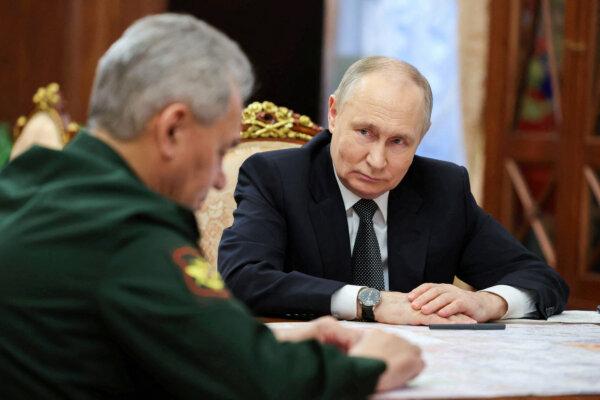
Kremlin: Aid ‘Won’t Change Dynamic’
After the Senate vote, Senate Majority Leader Chuck Schumer (D-N.Y.) described the legislation as “one of the most important measures Congress has passed ... to protect American security and the security of Western democracy.”Ukrainian President Volodymyr Zelenskyy thanked U.S. lawmakers for unlocking—after months of heated debate—what he called “vital” aid for Kyiv’s war effort.
“This vote reinforces America’s role as a beacon of democracy and the leader of the free world,” he said in a social media post.
Moscow has repeatedly stated that fresh U.S. aid allocations for Ukraine would not be enough to turn the tide of battle.
“The Russian armed forces are improving their front-line positions,” Kremlin spokesman Dmitry Peskov said on April 21.
“The [Western] money allocated—and the weapons supplied—will not change this dynamic.”
Gen. Shoigu echoed Mr. Peskov’s assertion, claiming that Russian arms had effectively “dispelled the myth of the superiority of Western weapons.”
Gen. Shoigu also repeated claims that Russian forces had recently driven hard-pressed Ukrainian troops from three more positions in the Donetsk region.
“In proportion to the threats posed by the United States and its allies, we will continue to improve the composition of the [Russian] Armed Forces and increase production of the most needed arms and equipment,” he said.
Earlier this month, Gen. Shoigu claimed that the Ukrainian military had lost more than 80,000 troops—and more than 1,200 tanks—since the start of the year.
The Epoch Times could not independently verify the defense chief’s assertion.
However, on April 20, The New York Times reported that five U.S.-built Abrams tanks—out of 31 sent to Kyiv last fall—had been destroyed on the battlefield.
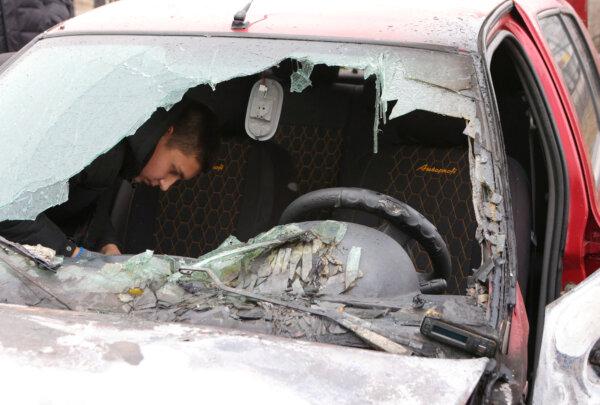
Russia Revives ‘Buffer Zone’ Plan
In response to the likely arrival of long-range ATACMS, the Kremlin appears to have revived plans to extend the “buffer zone” that currently separates Russia’s westernmost regions from northeastern Ukraine.“With respect to this [buffer zone] issue, nothing has changed,” Mr. Peskov said on April 24.
The notion of setting up a buffer zone between the warring countries was first proposed in March by Russian President Vladimir Putin.
“I don’t rule out the possibility that we will be forced ... to create a ‘sanitary zone’ in territories currently under the Kyiv regime,” Mr. Putin said on March 18.
He made the remark after several days of cross-border attacks—allegedly staged from northeastern Ukraine—on Russia’s western Kursk and Belgorod regions.
At the time, Mr. Putin said the planned “sanitary zone” should be wide enough to prevent incursions into Russian territory by “Western-made armaments.”
Russia later responded to the cross-border attacks by striking positions in Ukraine’s northeastern Kharkiv region, which shares a border with Belgorod.
According to officials in Kyiv, Russian plans to extend the buffer zone betray Moscow’s intention to ramp up its 26-month-old invasion.
“This [planned buffer zone] is a direct acknowledgment that the war will only escalate,” Mykhailo Podolyak, a top aide to Mr. Zelenskyy, said in response to Mr. Putin’s remarks.
“It shows that Russia isn’t ready to [pursue] modern political relations and take into account other countries’ sovereign rights.”
